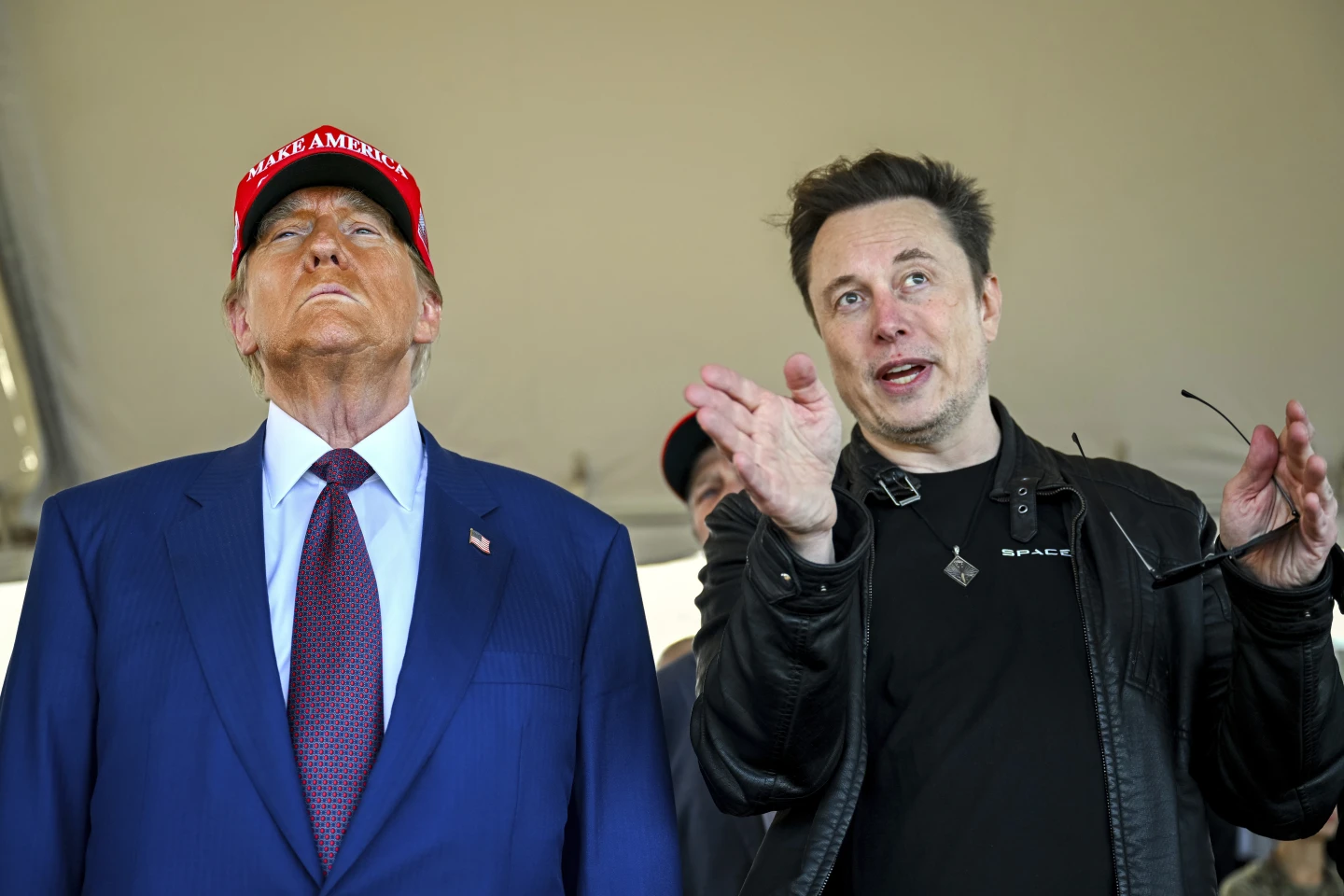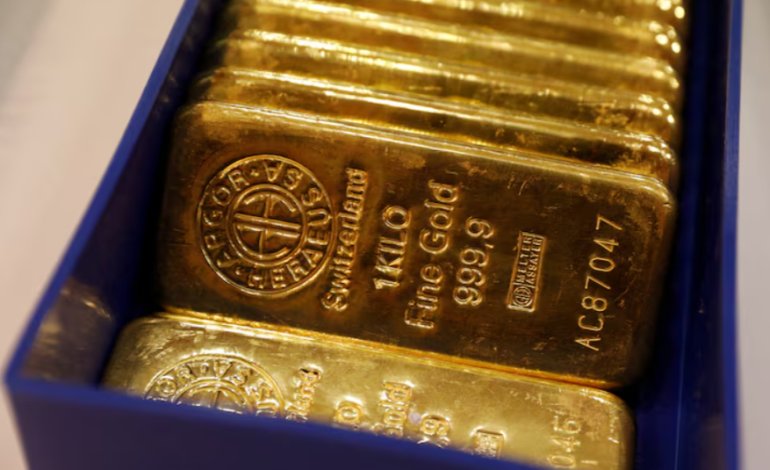Global physically backed gold exchange-traded funds (ETFs) recorded inflows for the fifth consecutive month in September, according to a report from the World Gold Council (WGC) released on Tuesday.
This trend is attributed to North America-listed funds increasing their holdings in the precious metal.
Gold ETFs, which store physical bullion on behalf of investors, have become a significant driver of investment demand, especially as gold prices reached a record high of $2,685.42 per ounce on September 26, following the anticipation of US interest rate cuts. After experiencing three years of outflows due to elevated interest rates, the recent five-month inflow trend has turned year-to-date net flows into a positive $389 million.
In September alone, gold ETFs registered inflows totaling 18.4 metric tons, equivalent to approximately $1.4 billion, raising total holdings to 3,200 tons. The strong performance of gold prices, alongside these inflows, pushed total assets under management in gold ETFs to a month-end peak of $270.9 billion.
Additionally, the WGC reported a 7% month-on-month increase in worldwide gold trading volumes in September, reaching $259 billion daily. Average trading volumes in the over-the-counter (OTC) market rose by 10% to $176 billion.
With gold prices up 28% year-to-date and expectations of future US rate cuts, speculators increased their total net long position on the COMEX by 6% from August, bringing it to 976 tons—the highest level since February 2020. Analysts note that gold has performed well this year due to expectations of Federal Reserve rate cuts and rising geopolitical tensions, suggesting that it could serve as a stabilizing asset in diversified investment portfolios.
However, experts caution that any shifts in the market’s expectations regarding rate cuts could lead to short-term volatility in gold prices. Despite this, the yellow metal has demonstrated strong gains amid monetary easing and escalating risks related to international conflicts.
Gold’s performance this year has notably outpaced that of the S&P 500, which has risen around 20%. Factors contributing to gold’s rally include anticipated interest rate cuts by the Federal Reserve, heightened geopolitical concerns, and increased central bank purchases. Additionally, high fiscal deficits and government debt may enhance gold’s long-term appeal, as excessive government spending could pressure fiat currencies, such as the US dollar, thereby diminishing their purchasing power.
Reuters, Market Watch, and IPE Reference Hub contributed to this report.









